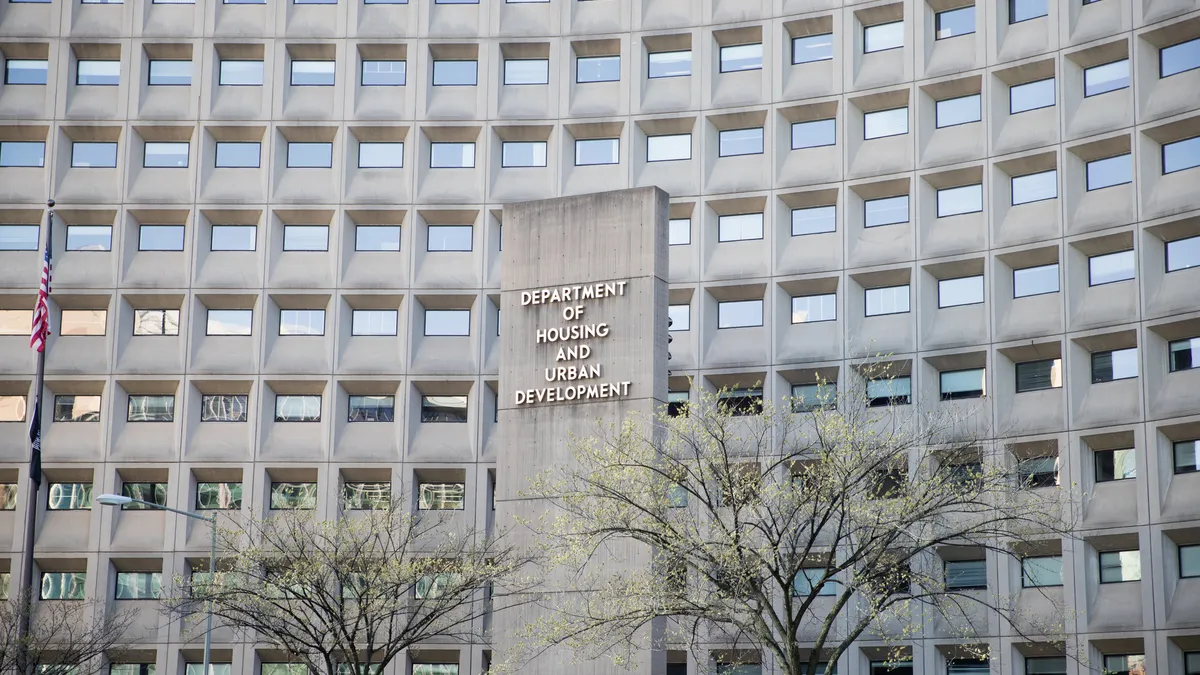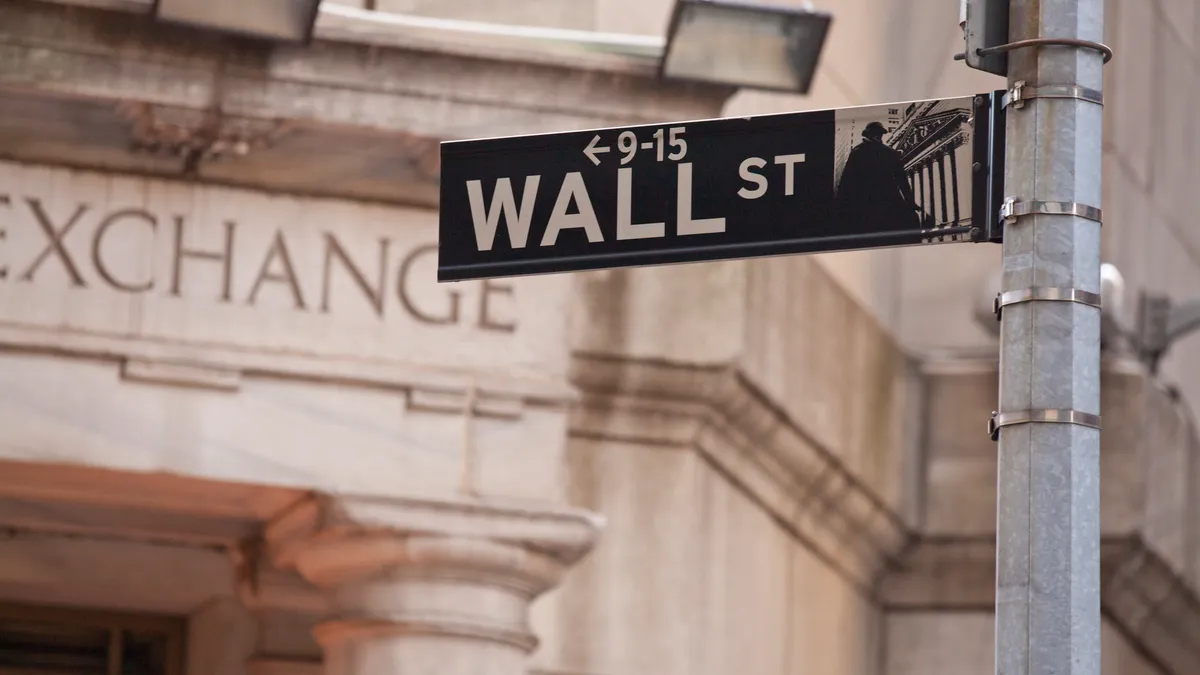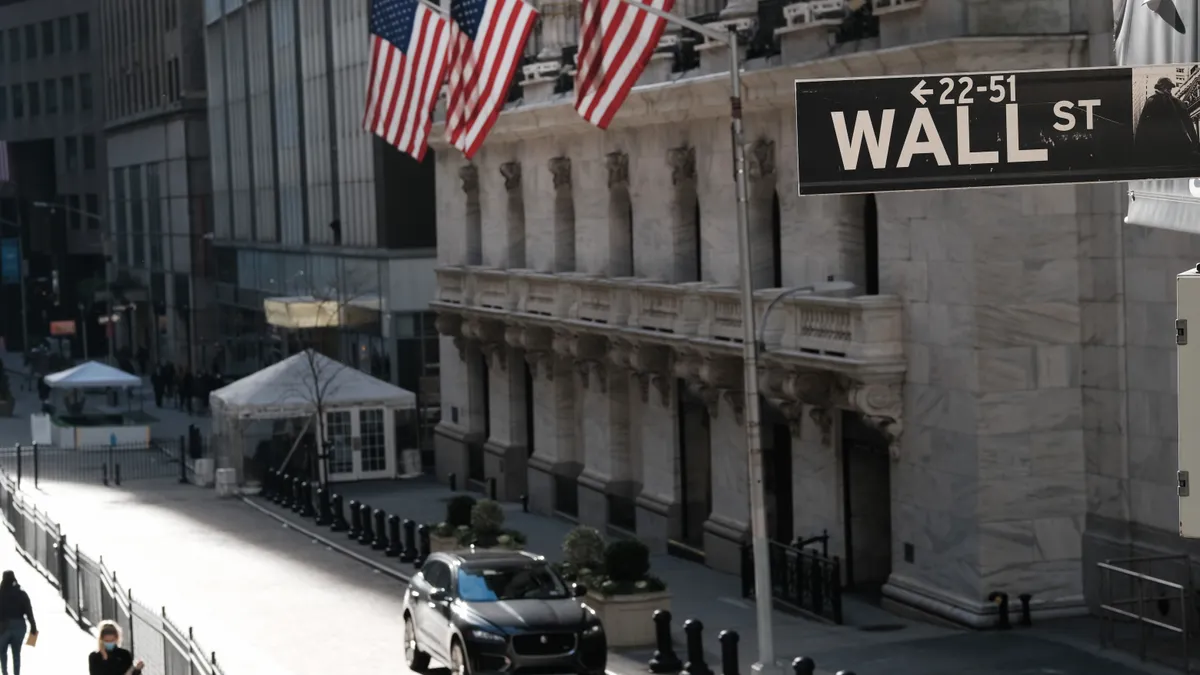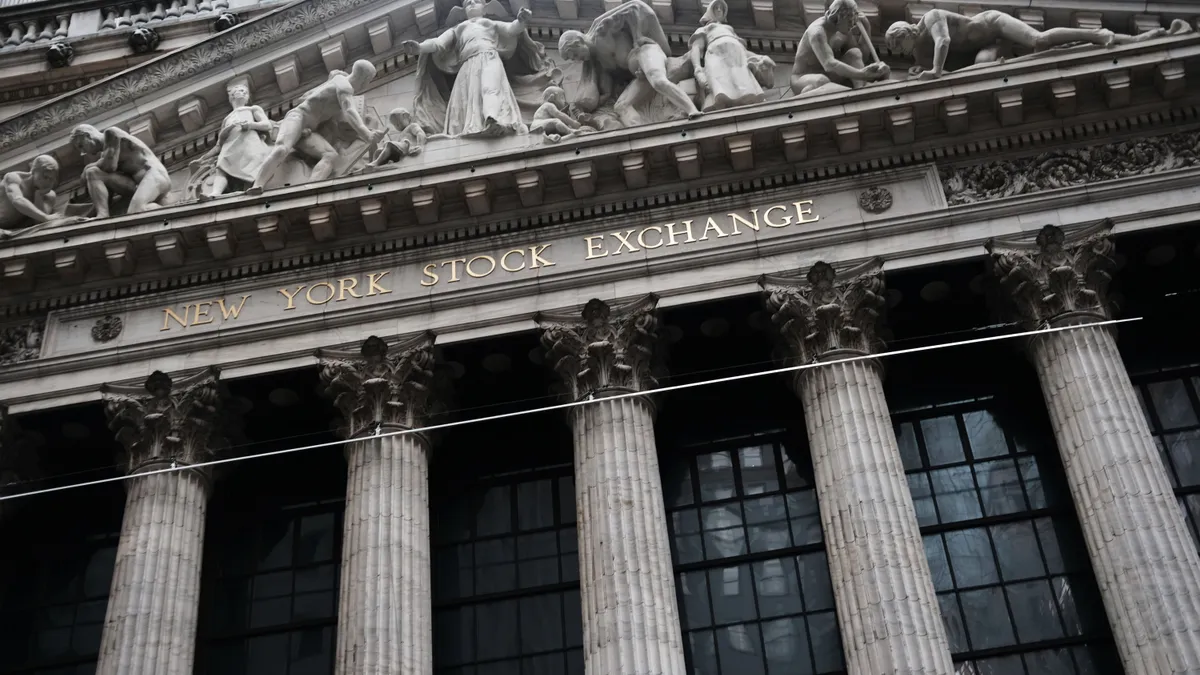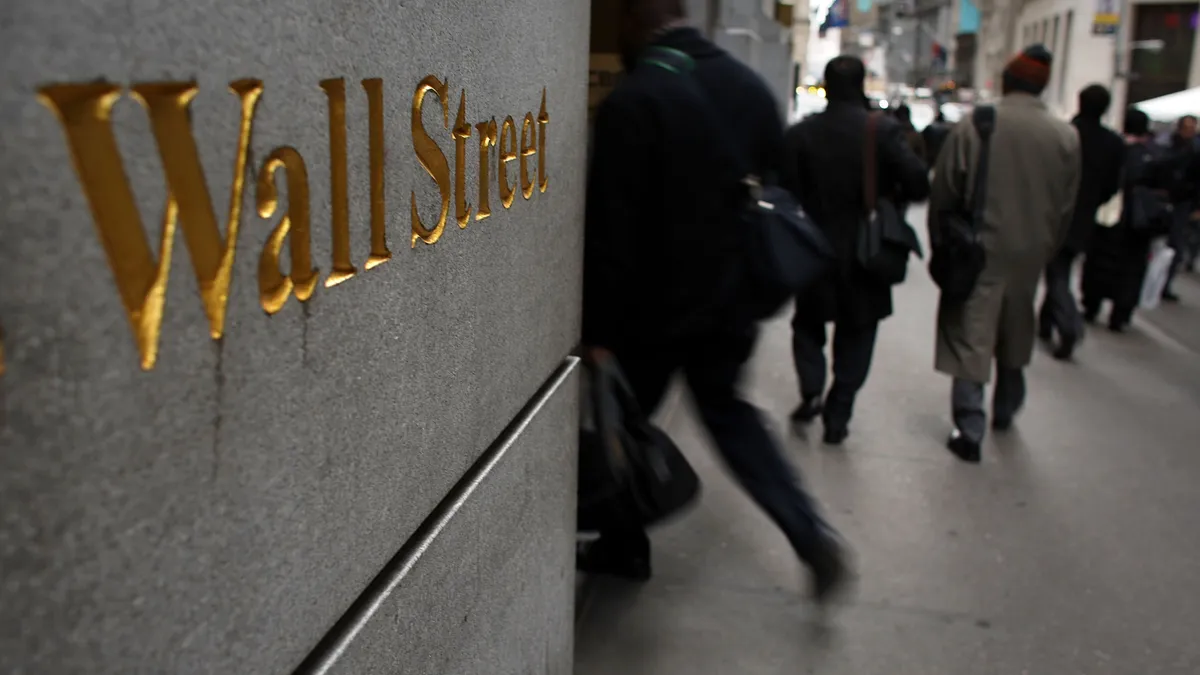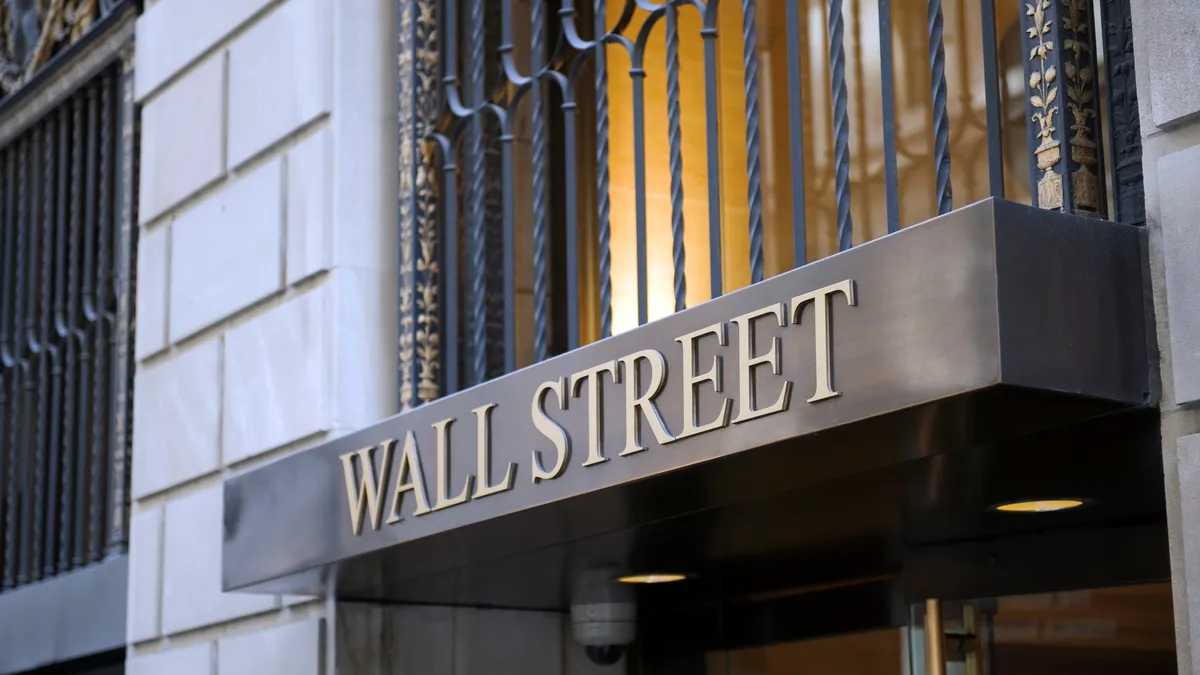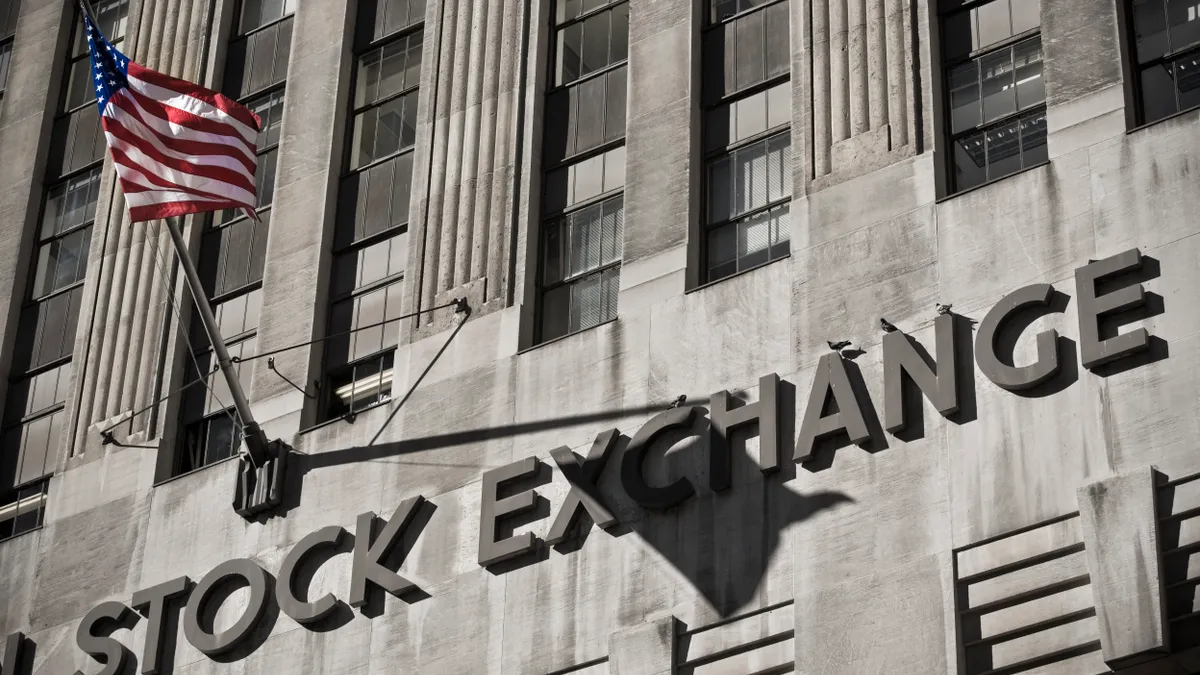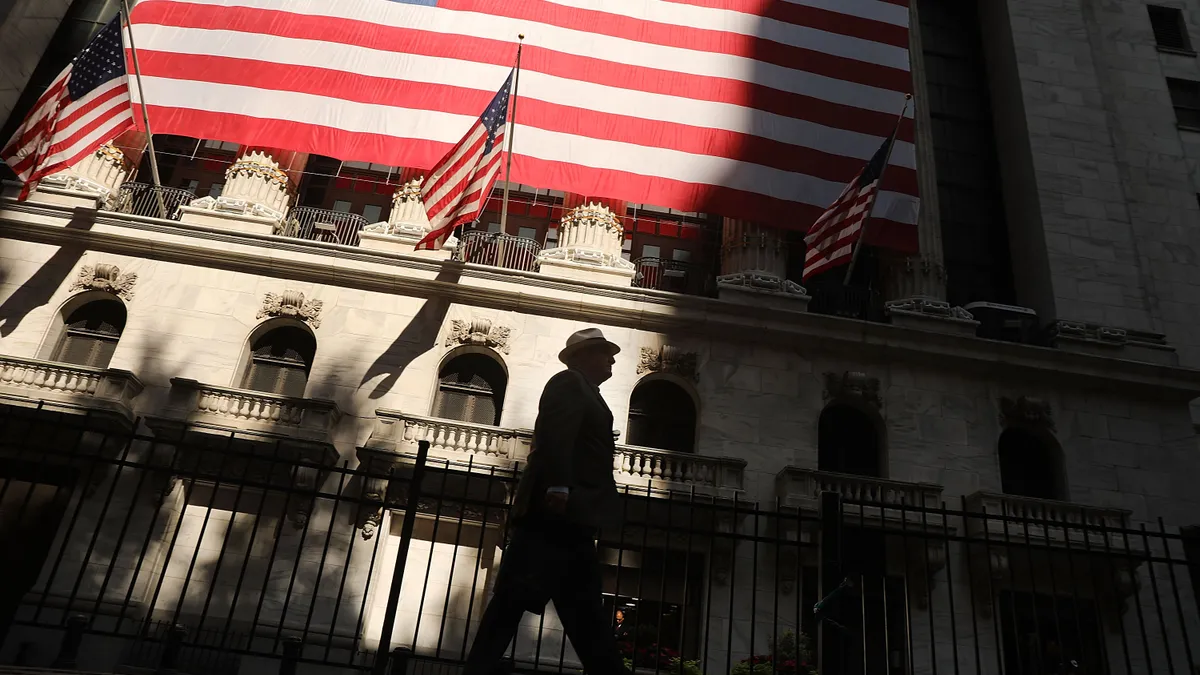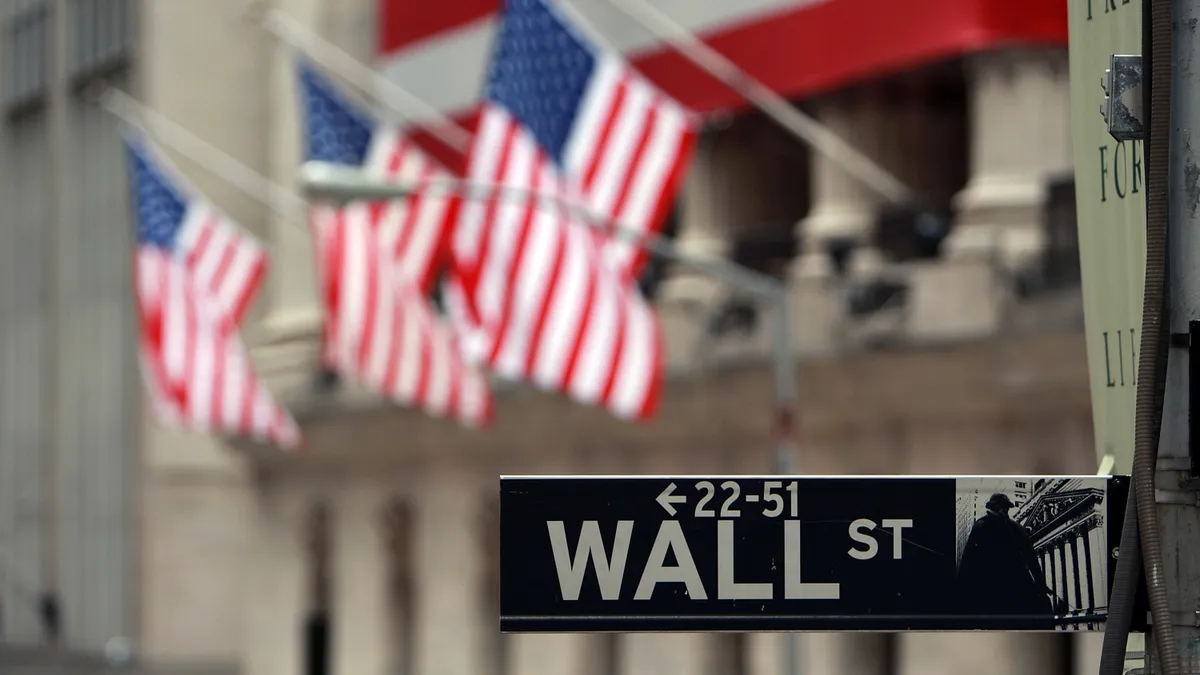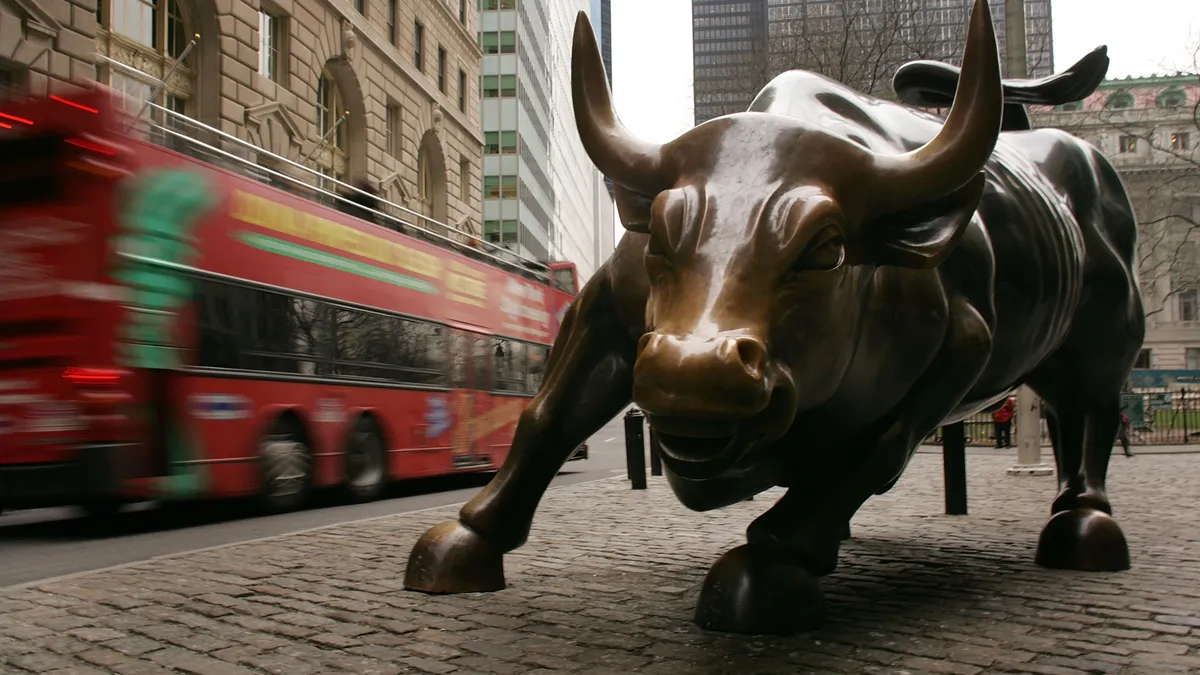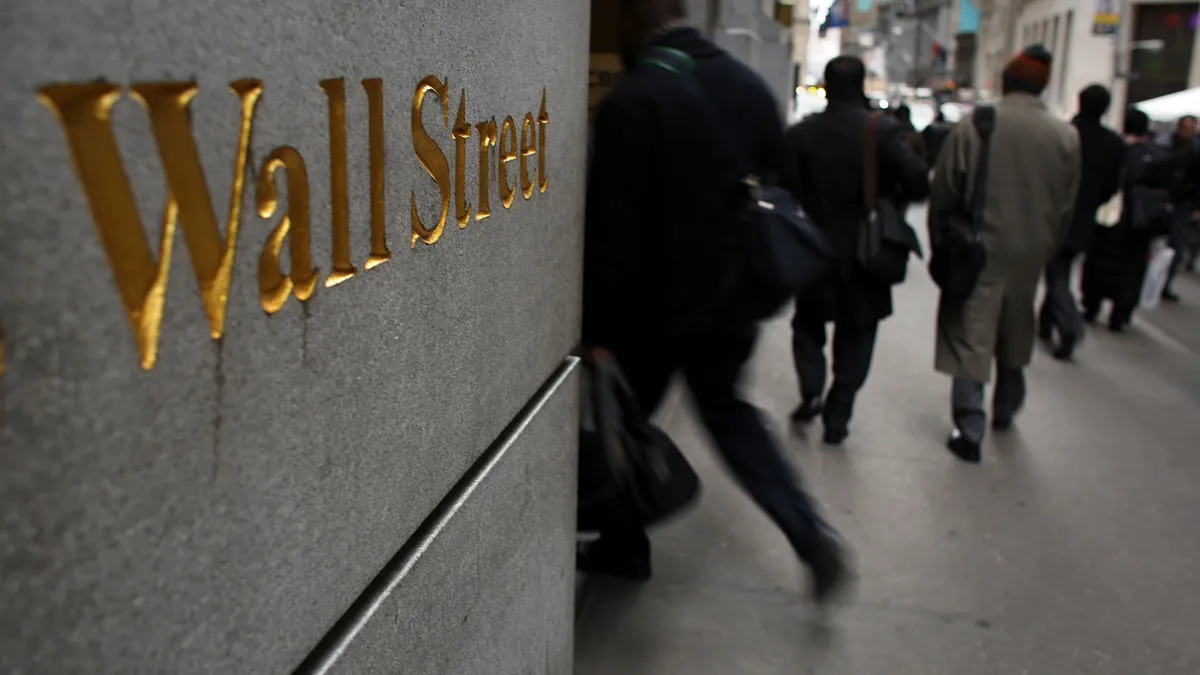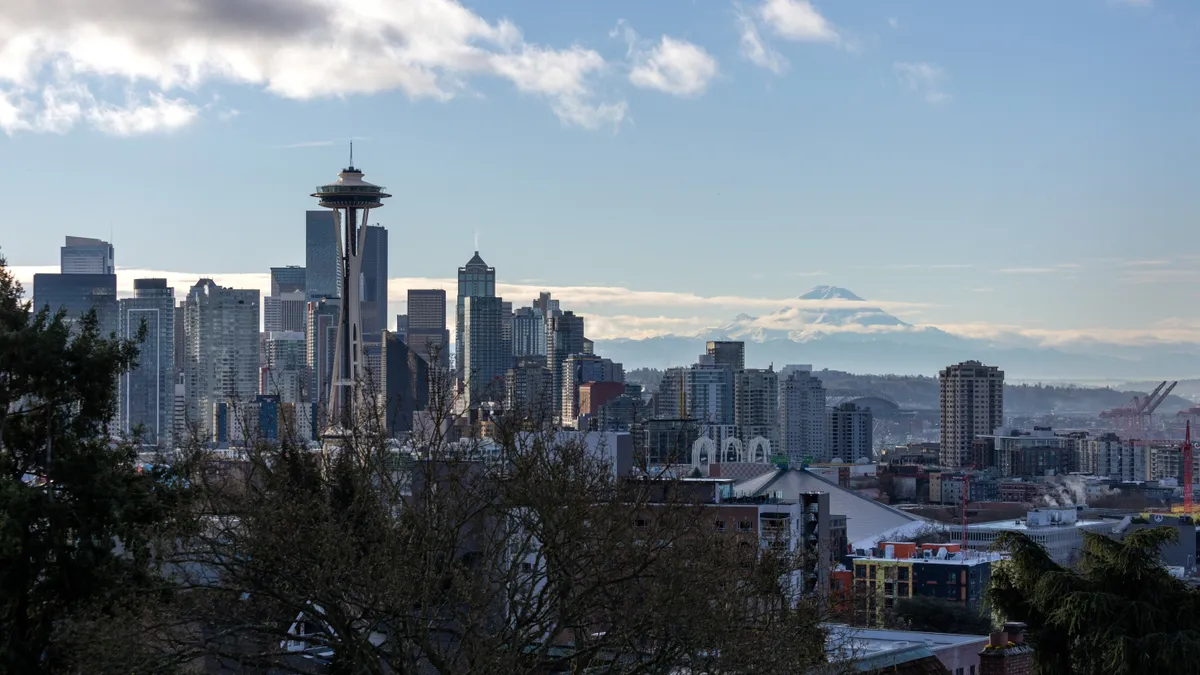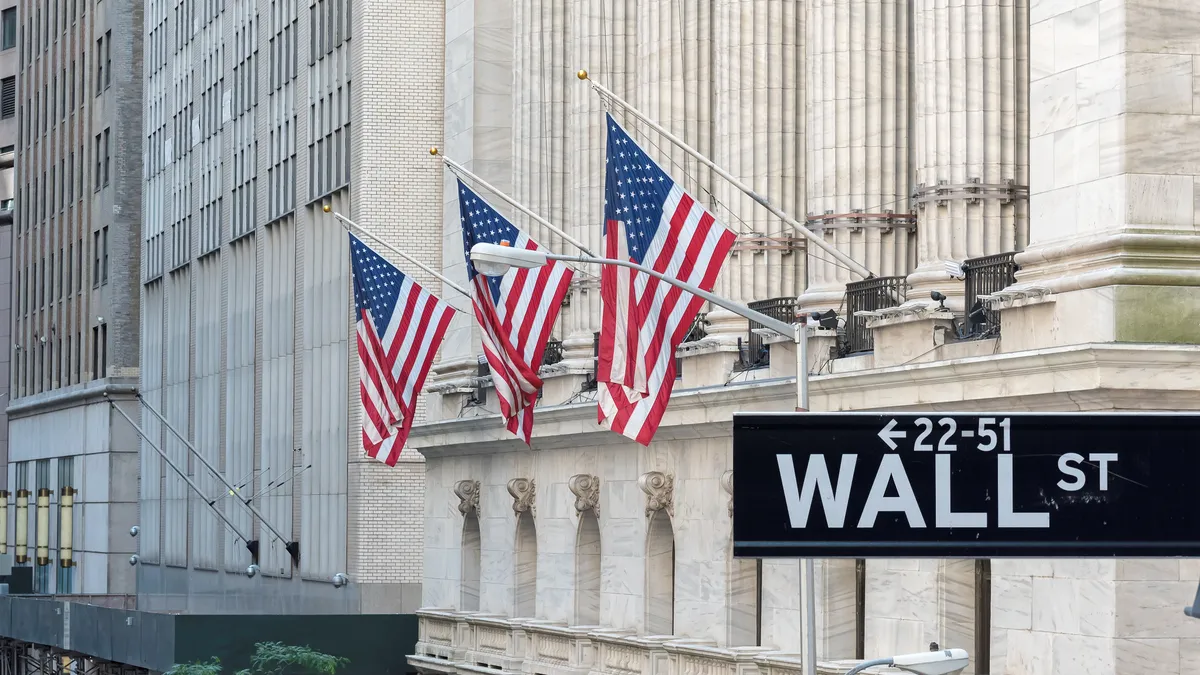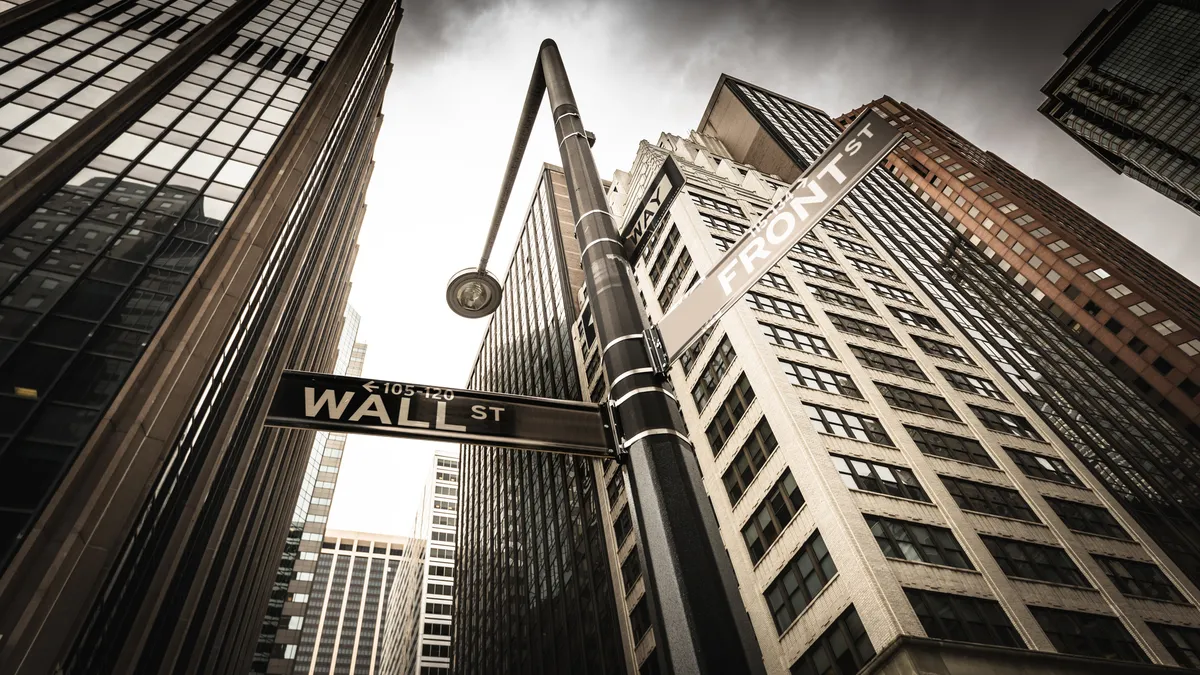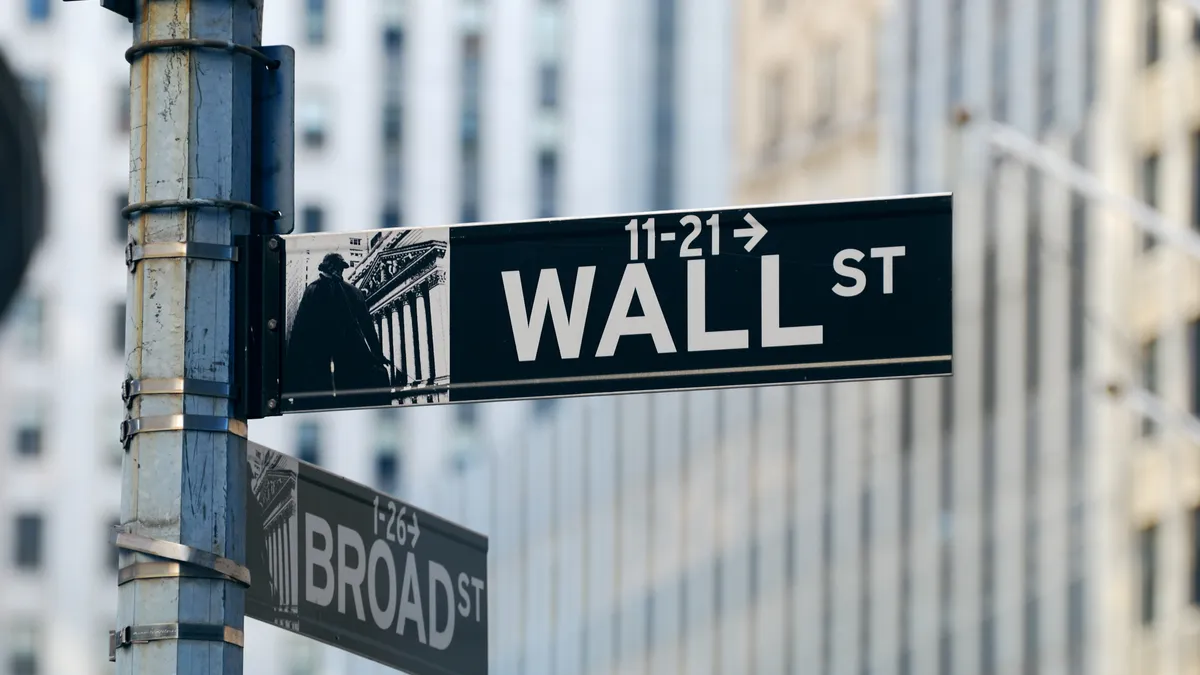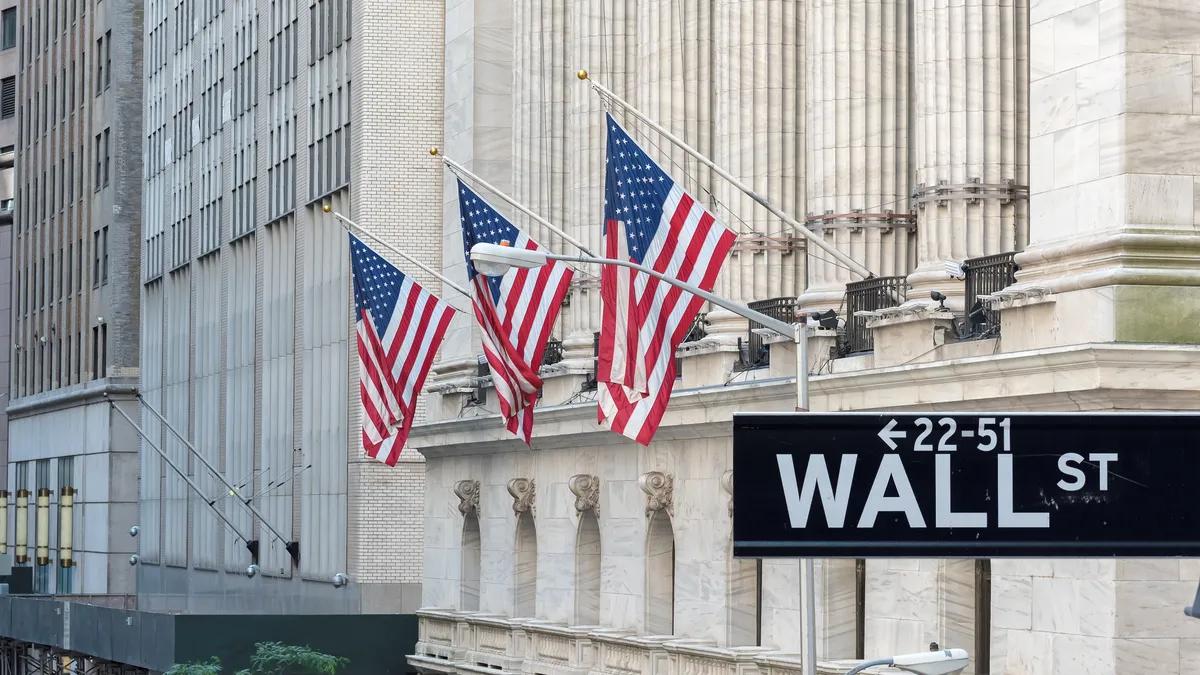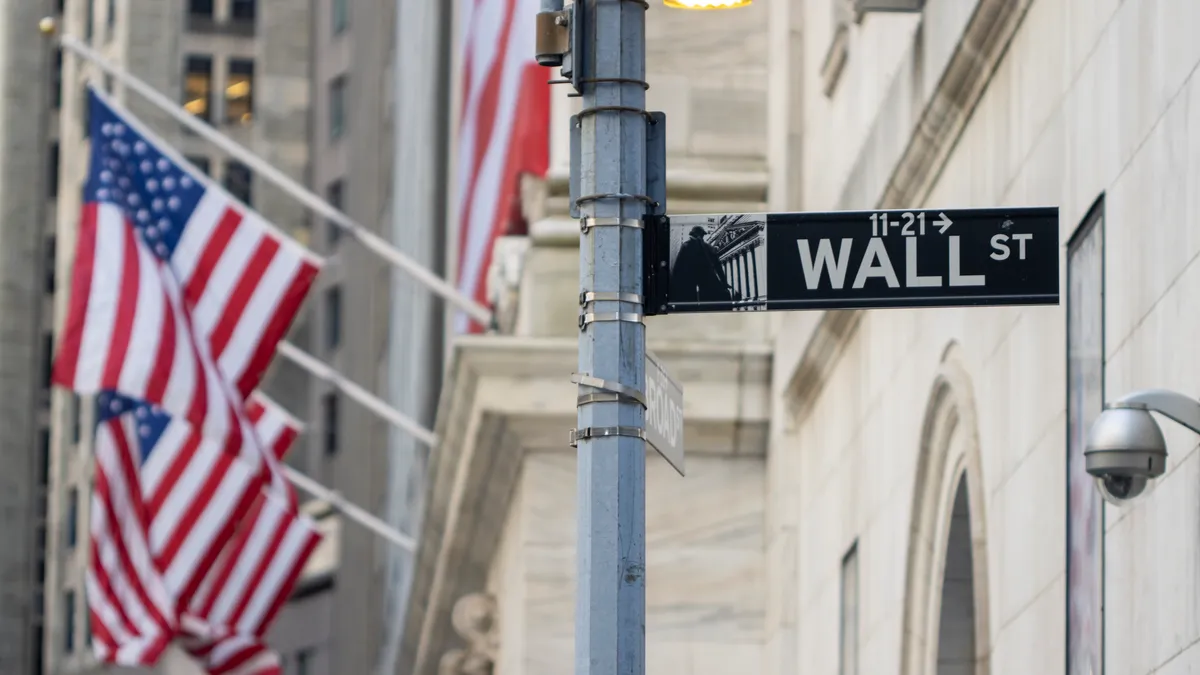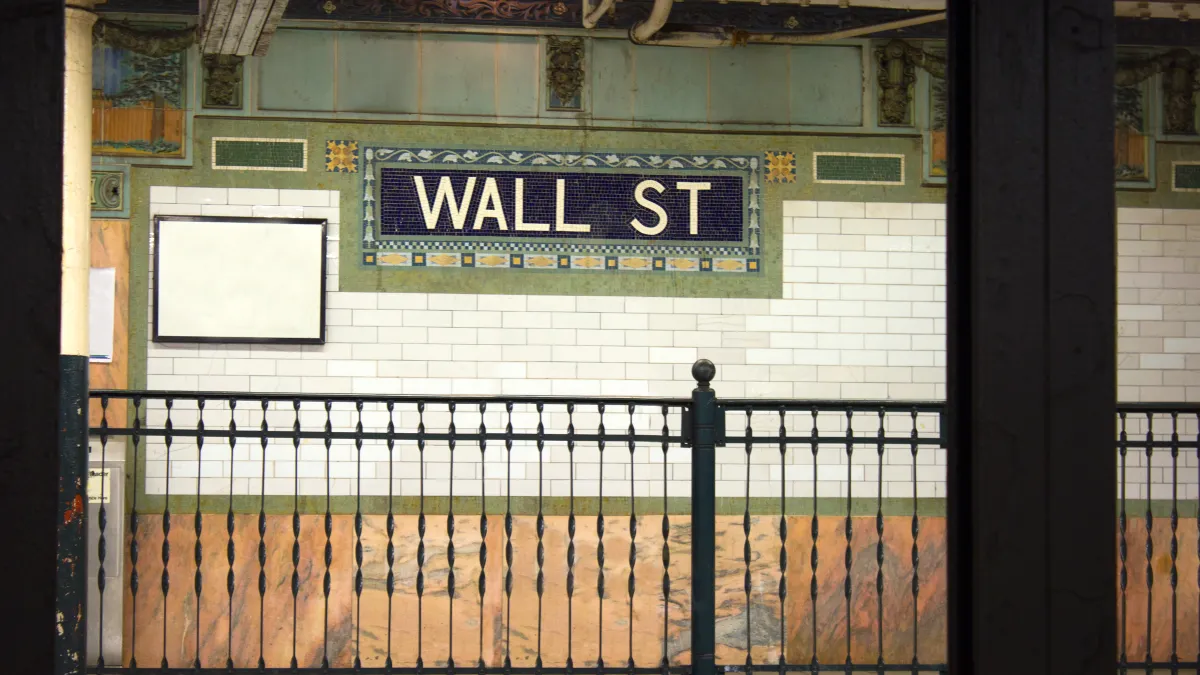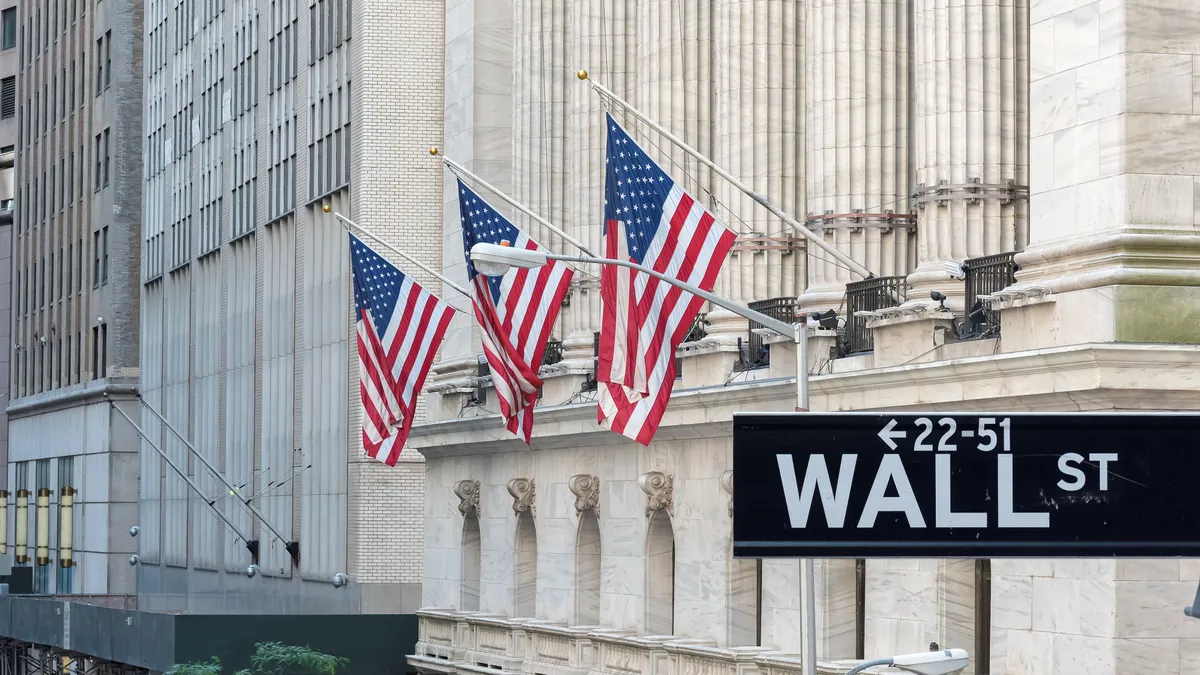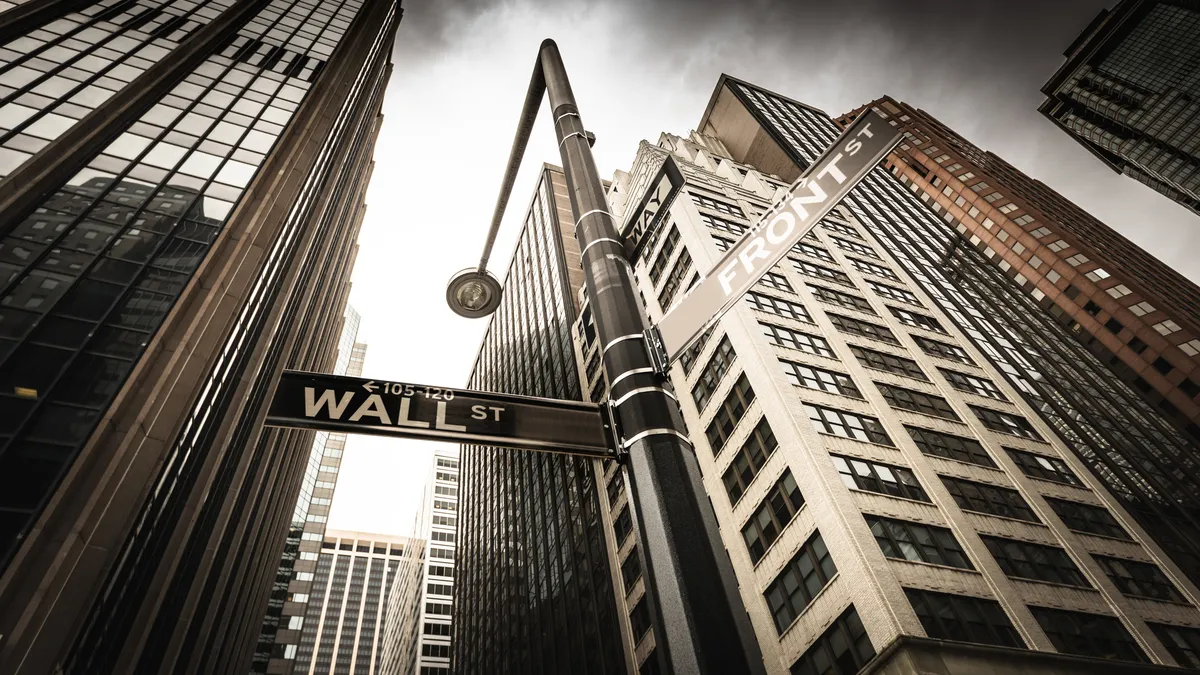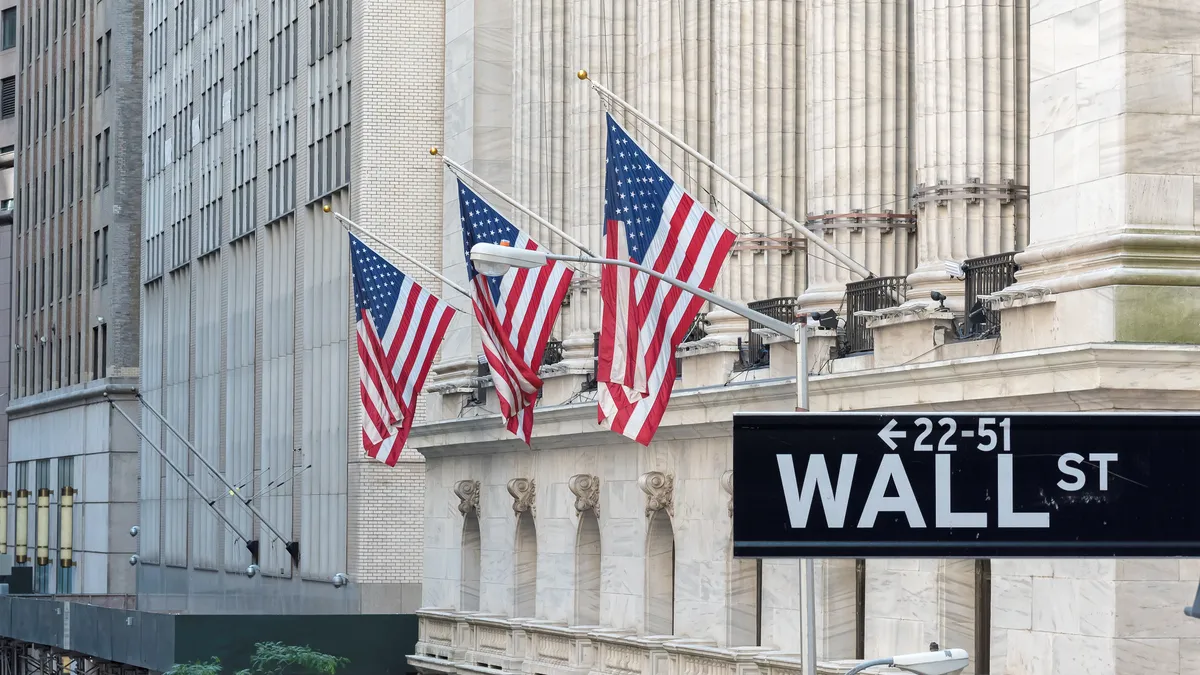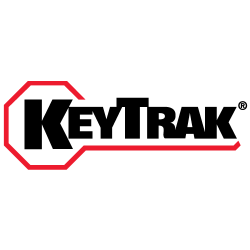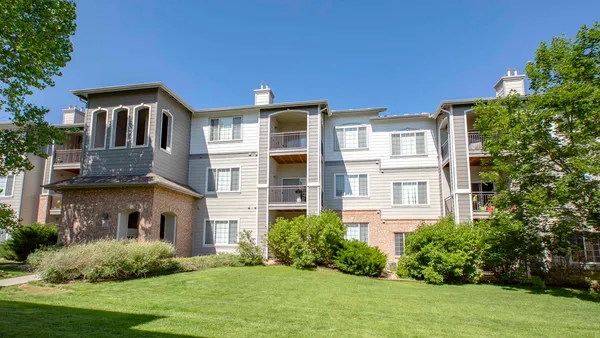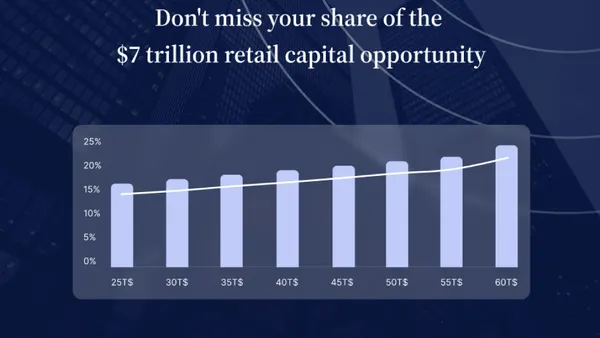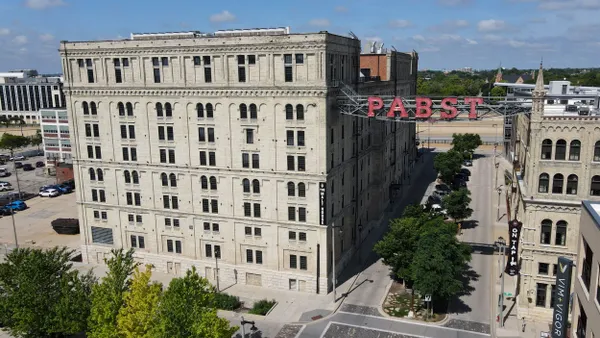Like its apartment REIT peers, UDR noted better-than-expected operating conditions in its first-quarter 2024 results in late April.
CEO Tom Toomey said the company had “more robust traffic, higher leasing activity, lower turnover, lower concessions, higher occupancy and better pricing power than originally expected,” during the Highlands Ranch, Colorado-based REIT’s Q1 earnings call.
UDR’s Q1 year-over-year same-store revenue and net operating income growth of 3.1% and 1.2%, respectively, and 0.4% sequential same-store revenue growth were slightly above its expectations. The REIT’s 0.8% blended lease rate growth, a combination of nearly 4% renewal rate growth and new lease rate growth of negative 2.5%, helped drive the revenue and NOI outperformance.
“New lease rate growth improved 260 basis points versus fourth-quarter results as concessions decreased by approximately half of a week on average,” UDR Senior Vice President of Operations Mike Lacy said on the call.
Here are three other highlights from UDR’s Q1 release and earnings call:
Strong occupancy
Like other REITs, UDR was surprised in the second half of 2023 when heavy concessions put pressure on rents. To gear up for the slower leasing season, many focused on building occupancy.
“Occupancy is holding firm in the high 96% range,” Lacy said. “Strong demand from continued job and wage growth has allowed us to simultaneously operate with high occupancy and push rental rates while maintaining rent-to-income levels in the low 20% range.”
Occupancy in Q1 was about 10 to 20 basis points higher than UDR expected, but it brought that number down over the last 30 days or so. “We're running right around 96.9% today,” Lacy said. “Expectations are we'll continue to see that probably migrate down maybe 10 or 20 bps as we continue to push our [rent] blends a little bit higher.”
Resident retention helped boost UDR’s occupancy numbers, coming in about 400 basis points above prior year levels in April. That was the twelfth consecutive month that YOY turnover improved. “Resident retention continues to compare well against historical norms,” Lacy said.
Tech effects
As rental conditions improved in Q1, UDR continued to grow its other income — which accounts for 10% of revenue — by 10%. “We remain pleased with the trajectory of our other income initiatives, such as the rollout and penetration of building-wide Wi-Fi, which contributes significantly to incremental same-store revenue growth,” Lacy said on the call.
UDR continues to focus on various innovation initiatives, including its customer experience project. “Through our proprietary data hub and the millions of data points we have accumulated over the last seven years, we have found that 50% of resident turnover is controllable,” Lacy said. “Those residents with positive experiences and scores renew at a rate 20% higher than those with bad experiences.”
UDR said it sees an opportunity to improve retention above the industry average of 50%, resulting in a $15 million to $30 million incremental NOI opportunity.
“To capture this upside, we now track and score every interaction with our residents,” Lacy said. “This has allowed us to make a transformational shift in the way we do business with a move from being transactional in nature to a focus on the lifetime value of our customer.”
Guarded optimism
After its solid Q1 performance, UDR reaffirmed its full-year 2024 same-store growth guidance.
While factors like job and wage growth encourage the company, Lacy said he remains “somewhat cautious given the volatile and elevated interest rate environment combined with peak supply deliveries yet to come.”
BY THE NUMBERS
| Category | Q1 | YOY Change |
| Rental income | $381.2 million | 3.1% |
| Net operating income | $261.8 million | 1.2% |
| Operating expenses | $119.4 million | 7.5% |
| FFO per diluted share | $0.60 | 2% |
| Rent per unit | $2,527 | 2.5% |
| Occupancy rate | 97.1% | 0.6% |
SOURCE: UDR
Merchant developers' decision to offer major concessions last year also impacted the company’s decision to keep guidance steady.
“We're still a little raw from last September/October when we saw interest rates spike, and we saw developers panic and go to a heavy concession template in that supply-type market setting,” Toomey said. “And I think we just will kind of be prudent for us to just play it through and see how it falls.”
Four months into 2024, Toomey said he feels better than expected about the market. But that isn’t enough to raise guidance.
UDR “would like to see more evidence of continued operating momentum as we progress through a peak leasing season before revisiting our full-year guidance,” Toomey said.
Click here to sign up to receive multifamily and apartment news like this article in your inbox every weekday.





